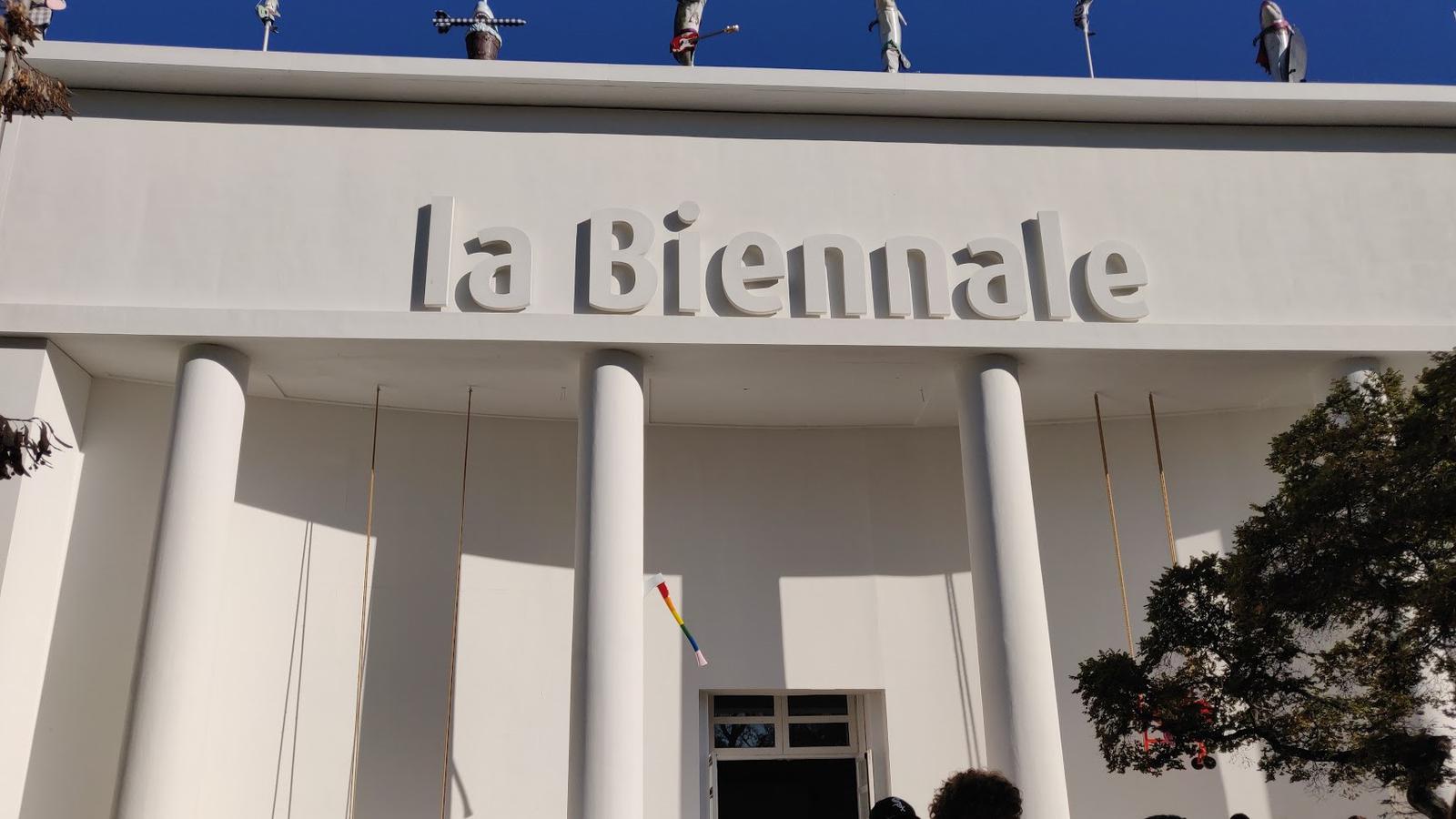Venice’s Biennale Arte
, one of the world’s most important and appreciated art exhibitions, is back for its 60th edition. The ancient structure of Venice’s Arsenale and the large Central Pavilion in the Giardini gardens will host the thematic path, imagined and developed by the artistic director, while the pavilions inside the Giardini will be, as usual, divided by country, each developing the curatorial theme. Accompanying these two main paths are numerous pavilions and structures, in which correlated events will be held, present all around Venice.
The Biennale opened to the public on the 20th of April and will close on the 24th of November 2024.
Just as the last edition brought various innovations (among which the first Italian female curator), this too will have a few. Most importantly, this year’s curator, Adriano Pedrosa, director of the MASP (São Paulo Museum of Art) , is the first one of Latin American origins . Secondly, is the presence of nations that never partook in previous editions: the Republic of Benin, Ethiopia, the Democratic Republic of Timor-Leste and the United Republic of Tanzania. Meanwhile Nicaragua, Senegal and the Republic of Panama have, for the first time, a dedicated pavilion.
The artistic director’s chosen title is “ Stranieri Ovunque – Foreigners Everywhere ”, inspired by the works of Paris-born and Palermo-based Claire Fontaine Collective . These were installations, neon sculptures rendering the words “Foreigners Everywhere” in different languages. The same expression has been used by a Turin-based Italian collective who fought racism and xenophobia in the early 2000s.
According to the curator, the title has a double meaning: on one hand, it alludes to the fact that wherever one goes there will always be foreigners, as humans have spread almost everywhere on the planet. On the other hand, it means that wherever one goes he will always be foreigner himself. We live in a context complicated by identification in terms of territory, nationality, gender, race, sexuality, wealth and more, yet a world where we exist, move and compare ourselves.
This theme acquires a particular resonance in Venice, a city that has always welcomed foreigners as it is the hub of exchange and commerce; today it has around 50,000 inhabitants who can become 165,000 in a single day due to the flow of tourists and travelers (foreigners) who visit it.
Focusing on the path curated by Pedrosa in the Central Pavilion, it is divided in two thematic sections, called “Nuclei”, chronologically separated: the contemporary “ Nucleo Contemporaneo ” and the historical “ Nucleo Storico ”.
“ Nucleo Contemporaneo ” is focused on contemporary artists and sets out from a reflection on the term “stranger”, which has the word “strange” as root, something that deep down we can distinguish and that’s therefore familiar. Hence, here we see usually marginal figures in society and in the art world: the queer artist , moving within their sexuality, the outsider artist , whether self-taught or folk, who cannot always find a space of his own; the indigenous artist , emblem of those who are considered “foreigners” in their own land.
“
Nucleo Storico
”, on the other hand, is focused on artworks from the last century coming from the so-called “
Global South
”: Latin America, Africa, Asia, as well as the Arabic world. The choice was that of moving past the Euro-American Modernism, trying instead to understand the artistic movements coming from the South of the world. Three halls have been dedicated with one artwork for each artist represented.
The first hall, “
Portraits
”, contains works from 112 artists and is dedicated to figurative art between 1905 and 1990, where the theme is that of the crisis in representing the human shape.
The second hall is titled “
Abstractions
” and includes 37 different artists and demonstrates how abstraction has grown in parallel but with different aspects from the European constructivist geometric one, to favor more organic and curvilinear shapes, brighter and more vibrant colors.
The third hall is dedicated to the worldwide Italian artistic diaspora of the 1900s, and will feature 40 artists who are first or second generation Italians and who built careers in different contexts, such as in Africa, Asia or Latin America. The theme is that of travel and integration, of the amalgamation between different, geographically separated cultures.

